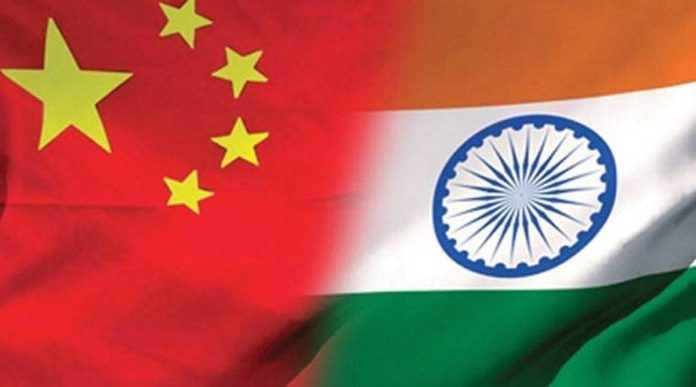New Delhi: Resolving the friction at Patrolling Point (PP)-15 in eastern Ladakh is now reduced to a small speck in the big picture of the tense India-China boundary equation. The 14th round of military commander-level talks on January 12 ended without a resolution to PP-15.
Troops on either side stand within rifle-shot range of each other at a small patch on what is called PP-15 or Hot Springs. It is no more than 5-km wide in the barren icy desert of Ladakh at an altitude of more than 16,000 feet.
The soldiers from both sides were not expected to move back from the Line of Actual Control (LAC) in immediate or near future, said sources. It would be incorrect to hope that a resolution to PP-15 would restore status quo as of April 2020, said a senior functionary. Even if the first step of disengaging from PP-15 is done, the LAC will not be what it used to be before April 2020.
Indian Army Chief General MM Naravane on January 12 was categorical on a three-step process to ease the standoff: disengagement of troops, de-escalation of tension followed by de-induction of all troops, weapons and equipment.
“Until that is done, India stays put at the LAC,” the General had said. As of now, even the first step of disengagement had not been competed, said sources.
The way the People’s Liberation Army (PLA) of China had deployed troops, weapons, guns and equipment all across the 3,488-km LAC, it made no military sense for India to move back from either eastern Ladakh or anywhere else, said a defence expert. India has relocated its troops from the western front to the northern borders.
All existing protocols on managing the boundary between the two nations stand breached. There is no guarantee that China will not make another unilateral attempt at altering the status quo at the LAC, which is not demarcated on ground. It was only a perception of either of the countries, said the expert.
For India to move back, it would have to factor in what was militarily called “differential of mobilisation”, meaning the time taken by either of the two Armies to mobilise in case of an exigency, said sources.
The Tibetan plateau is flat and the PLA has easy access. On the Indian side, the Himalayas hold the key to the approach to the plateau in Ladakh. The high mountain passes get snowed out and roads are closed. It takes a truck from Chandigarh or Jammu some three days to reach Leh. Guns and tank transporters could take even more time. The PLA could redeploy within six to eight hours.
Despite the roads, hauling of logistics and equipment is the problem across the Himalayas. This hurdle exists across Ladakh, Himachal Pradesh, Uttarakhand, Sikkim or Arunachal Pradesh, the states that share boundary with Tibet.
No border protocol
- The existing India-China protocol on managing the border stands breached
- In case Indian troops move back, the chances are China will alter the status quo
- As Line of Actual Control isn’t demarcated, border on the ground is only a perception between both nations
Himalayas vs Tibetan plateau mobilisation factor
India
In case of an exigency, Indian troops have to cross the Himalayas, which get snowed out in winter. A truck from Chandigarh or Jammu takes three days to reach Leh. Transportation of guns and ammo takes even longer.
China
The dragon nation only has to cross the Tibetan plateau, which is flat and the People’s Liberation Army of China has easy access to it. Moreover, China has built hi-tech infrastructure on its side of the LAC.
Govt has jeopardised close neighbours
The govt first surrendered our land and has now jeopardised our close neighbours by its inaction in pushing back China. If you don’t stand up for yourself, how will you stand up for your friends? — Rahul Gandhi, Congress leader.


